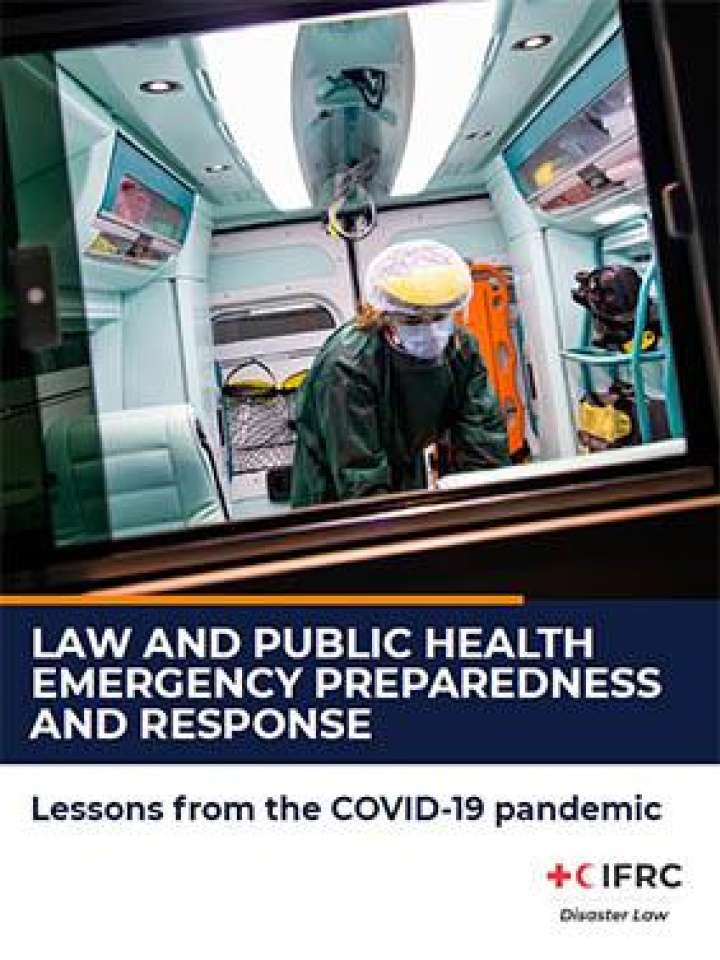Law and public health emergency preparedness and response: lessons from the COVID-19 pandemic
IFRC’s ground-breaking report, Law and Public Health Emergency Preparedness and Response, examines how law and policy can support preparedness for and response to public health emergencies, and how these laws relate to wider disaster risk management. The report looks at the legal frameworks and response to COVID-19 in 32 countries, and at other public health emergencies such those caused by the Ebola, Zika and SARS viruses.
Findings in the report show an overall lack of strong legislation for public health emergencies, and a lack of legal preparedness for COVID-19. Key findings and recommendations are:
- Many countries’ laws and policies for public health emergencies are old, some dating to the late 1800s or early 1900s.
- Many countries have still not implemented the core capacities required by the International Health Regulations.
- A large-scale public health emergency can impact or require action from virtually every tier of government, every sector, every region, every community and every individual.
- At the domestic level, there is limited evidence of there being duties on public authorities to provide early warning to the
- general population of health risks that may cause a public health emergency.
- Humanitarian actors such as National Red Cross and Red Crescent Societies have a key role to play in the response to public health emergencies.
- Public health emergencies are sometimes regulated separately to other kinds of disaster, even though they meet the definition of ‘disaster’.
- Disasters often cause forced mobility, but public health emergencies can cause the opposite problem: forced immobility.
- Just like other types of disasters, public health emergencies disproportionately impact vulnerable people and communities.
Explore further
